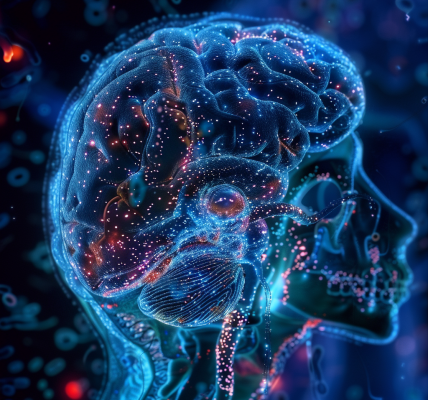New Epigenetic Clock Modeled on Cheek Swabs Offers Non-Invasive Approach to Predict Biological Age
Clocks coming out of a large clock as a 3D illustration.
We age along two clocks: a chronological clock and a biological clock. The former is just a measure of how many birthdays you have celebrated — the age on your passport or driver’s license. The latter, on the other hand, gives a picture of your true age at the biochemical level, with important implications for health and overall well-being. The two don’t always align: some people may be biologically “younger” than their chronological age would suggest, and others, older.
So-called “epigenetic clocks” help scientists track the discrepancy between chronological and biological age. But most of these clocks are built on data gathered from the blood, which limits their accuracy to blood samples. Now, a small team of researchers has created a new epigenetic clock modeled on cheek swabs. Published in Geroscience, their findings offer a non-invasive approach to predicting a person’s biological age. Results gathered from the cheek swab can be used to design health interventions on a case-by-case basis, known as precision medicine.
Epigenetic Clocks: How Do They Work?
Every person has their own particular genome, or the entire set of DNA found in their cells. This DNA is fixed, handed down to them by their parents. But although a person’s DNA sequence itself won’t change over the course of their life, the way in which it is expressed will. This is called epigenetics. Essentially, changes that happen “on top of” your DNA that affect the way your genes operate. Think of it like a software update on a computer; although your computer’s hardware hasn’t changed, it now behaves differently from before. Epigenetic changes are spurred on by behavioral and environmental factors, including diet, exercise, exposure to pollution, and so on.
One of the central mechanisms of epigenetic change is called DNA methylation, which happens when chemical methyl groups are added to DNA. By attaching themselves to a section of DNA, these methyl groups act like “on” or “off” switches, governing whether genes in that section are expressed. Since these changes don’t impact the DNA sequence itself, they are technically reversible.
The key to understanding epigenetic clocks is the discovery that DNA methylation is correlated with age. The DNA of people of similar chronological age is methylated in similar places. This means there is a predictable pattern to the way our DNA is methylated that can be traced through time. In a sense, the methylation patterns are like numbers on a clock that we have slowly learned to decipher. By understanding these patterns, we can predict a person’s age just by looking at their DNA.





